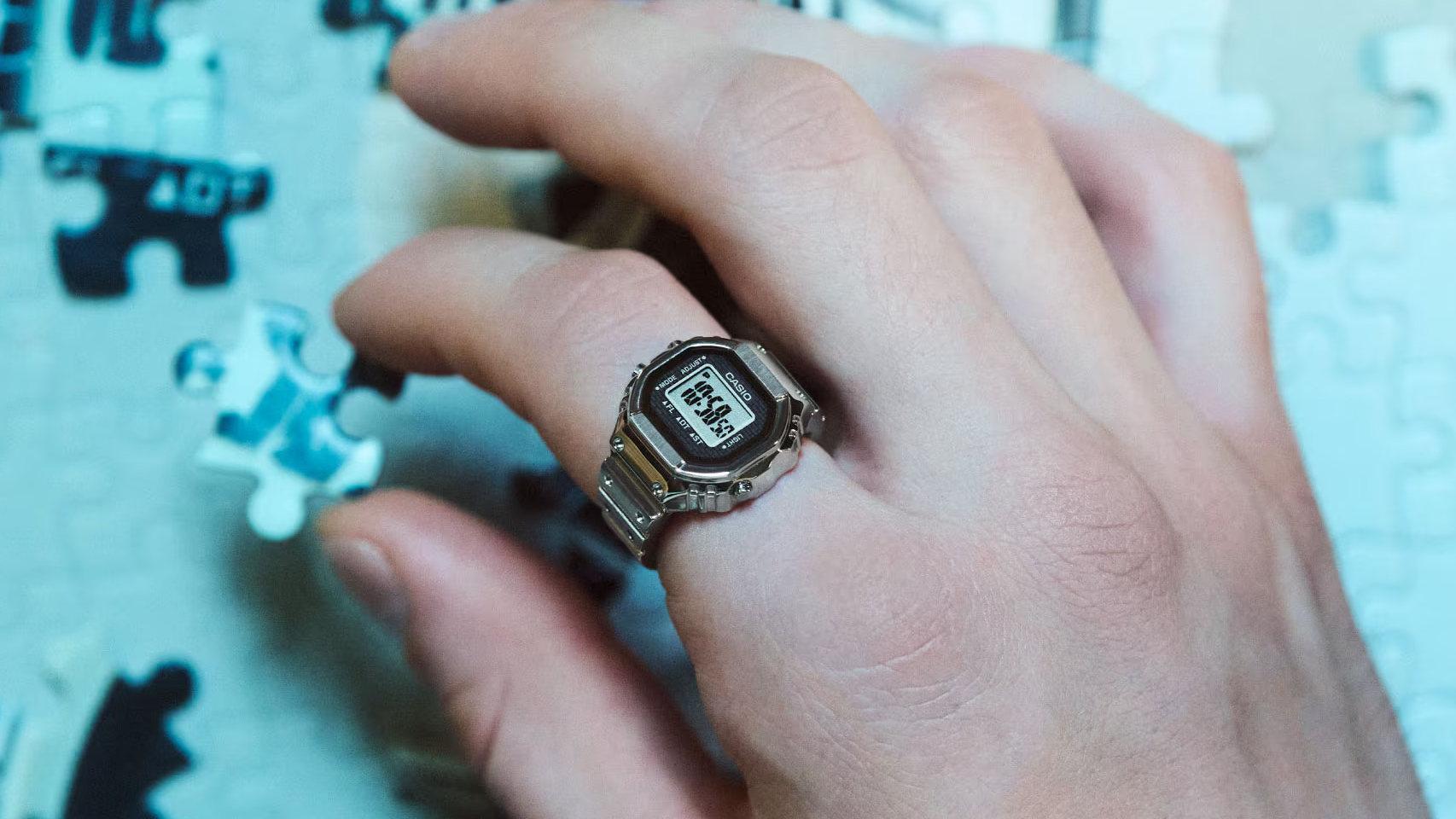The Denver FBI office recently tweeted out a warning not to use public USB phone charging stations, and that seems like a good excuse to remind everyone of this great advice: Never plug your iPhone, iPad, or Mac into a USB device or cable that you don’t control.
The tweet from the Denver FBI office echoes the agency’s advice to protect your data and devices online. The FCC issues similar warnings against the use of public USB chargers, warning against “juice jacking” – the practice of using public USB ports to load malicious software onto devices.
Apple does its best to reduce this threat, but these protections are never perfect. On an iPhone or iPad, you may see a “Trust this computer” prompt when connecting to a public USB charging port. If you see this, do not
However, depending on the sophistication of the attack, these prompts can be bypassed. Juice jacking, as it’s called, can come from the USB port itself or from a malicious cable – and they often look genuine. If possible, avoid using a publicly accessible USB port or cable.
Stick to electrical outlets
The best way to charge your iPhone in public is to use your own charger instead of a public USB port. Most public charging stations also contain electrical outlets, so you should use your own charger and cable in one of them.
There are plenty of compact and affordable USB-C power adapters these days, and even small models with multiple ports and higher power limits that can charge a MacBook and an iPhone or iPad at the same time. Check out our guide to USB-C chargers for recommendations, or pick up a compact USB-C charger designed for MacBooks that will also work great for your iPhone or iPad.








